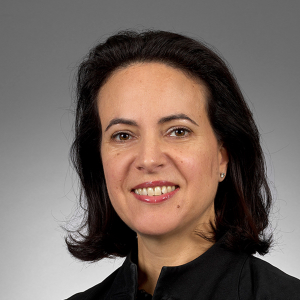What is a secondary investment?
Secondary investment occurs when a buyer, like HarbourVest, purchases existing private assets. While secondary investments can be executed in various ways, all secondary transactions represent a means for private equity asset owners to generate liquidity in place of traditional organic exits. Secondary transactions in today’s market generally fall into two categories: LP-led secondaries, where LP interests in one or more private equity funds are sold by a limited partner directly to a secondary buyer; and GP-Led secondaries, where a general partner, in close partnership with a secondary buyer (or buyers), develops liquidity solutions which are then offered to the GP’s limited partners.
Why secondaries?
At HarbourVest, we believe secondaries offer the potential for strong, early performance. We believe this because, over our history, we have seen how secondaries often present both opportunities to purchase assets at discounts to their reported value as well as a shorter duration investment time, which can lead to potential greater near-term liquidity, given the maturity of assets acquired. These attributes, together with the high levels of diversification, make secondaries particularly compelling from a risk-adjusted return perspective.
As of 6/30/25
Our approach to secondaries
HarbourVest is a leader in both the LP-led and GP-led markets, leveraging our scale and deep expertise to construct diversified, high-quality private equity portfolios with relatively balanced exposure to each of these transaction types. Our goal is to provide investors with the potential for outperformance relative to other private markets strategies on both a long-term and interim basis. Additionally, we believe that the benefits of secondary exposure with an experienced partner like HarbourVest can include – and, indeed, over our history have included – access to near-term liquidity, increased diversification, and exposure to seasoned assets.



Investors: Why consider HarbourVest?
HarbourVest is one of the most experienced secondary investors in the industry, having completed more than 500 transactions since our first secondary investment in 1986. We leverage more than 40 years of private markets data and our role on more than 1,000 limited partner advisory boards globally to create a valuable information advantage when pricing secondary opportunities. For more on this topic, read about our Quantitative Investment Science (QIS) team. We also use our scale to provide our counterparties – in either LP-led or GP-led transactions – with comprehensive liquidity solutions. Our multi-manager profile and ability to serve as a primary, secondary, and direct co-investor means that GPs view HarbourVest as a multi-dimensional, strategic partner of scale, which provides critical advantages with respect to originating and evaluating secondary opportunities as well as accessing high-quality opportunities and sponsors. We believe our team of more than 60 secondary-focused global investment professionals is one of the most seasoned teams in the industry, contributing to our consistency of decision making, depth of relationships, and certainty of execution.
Contact us
All fields with an asterisk (*) are required.



